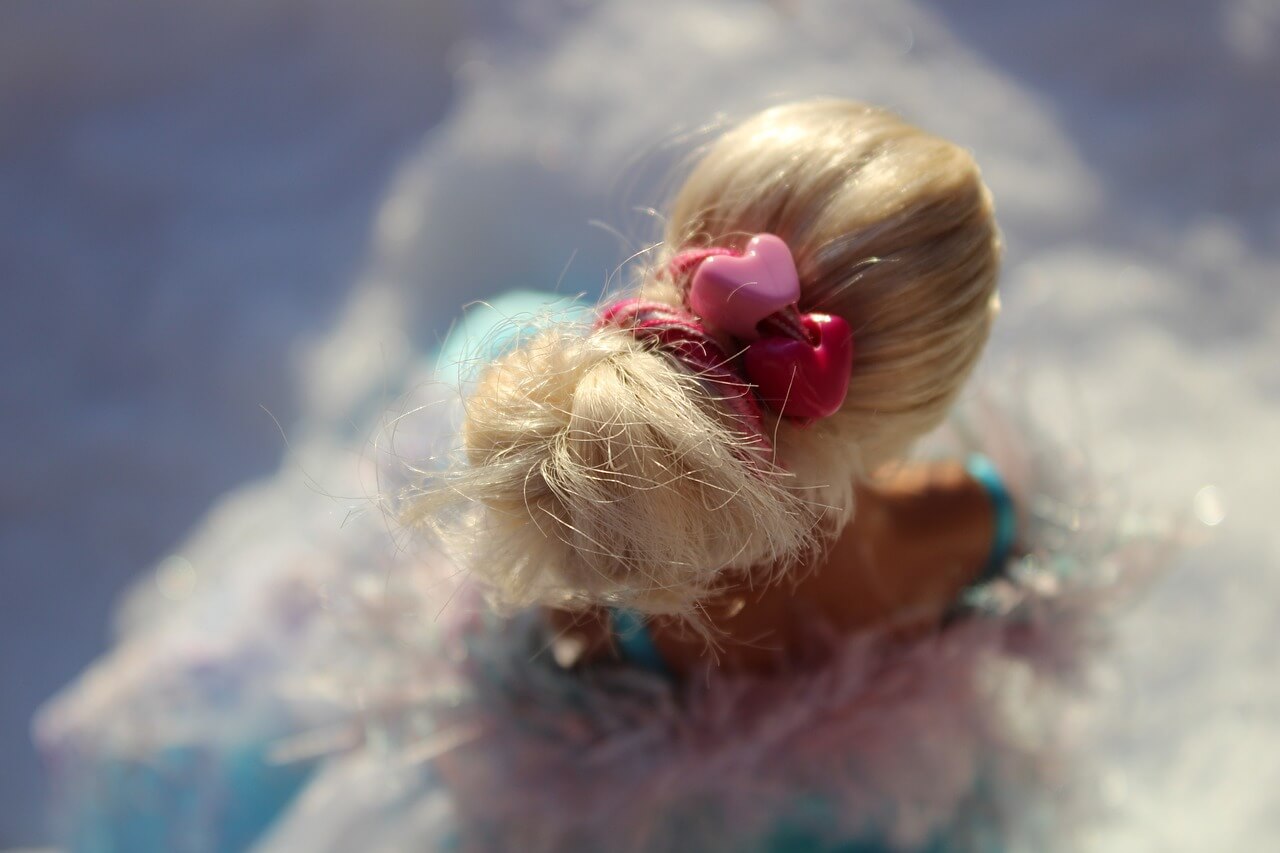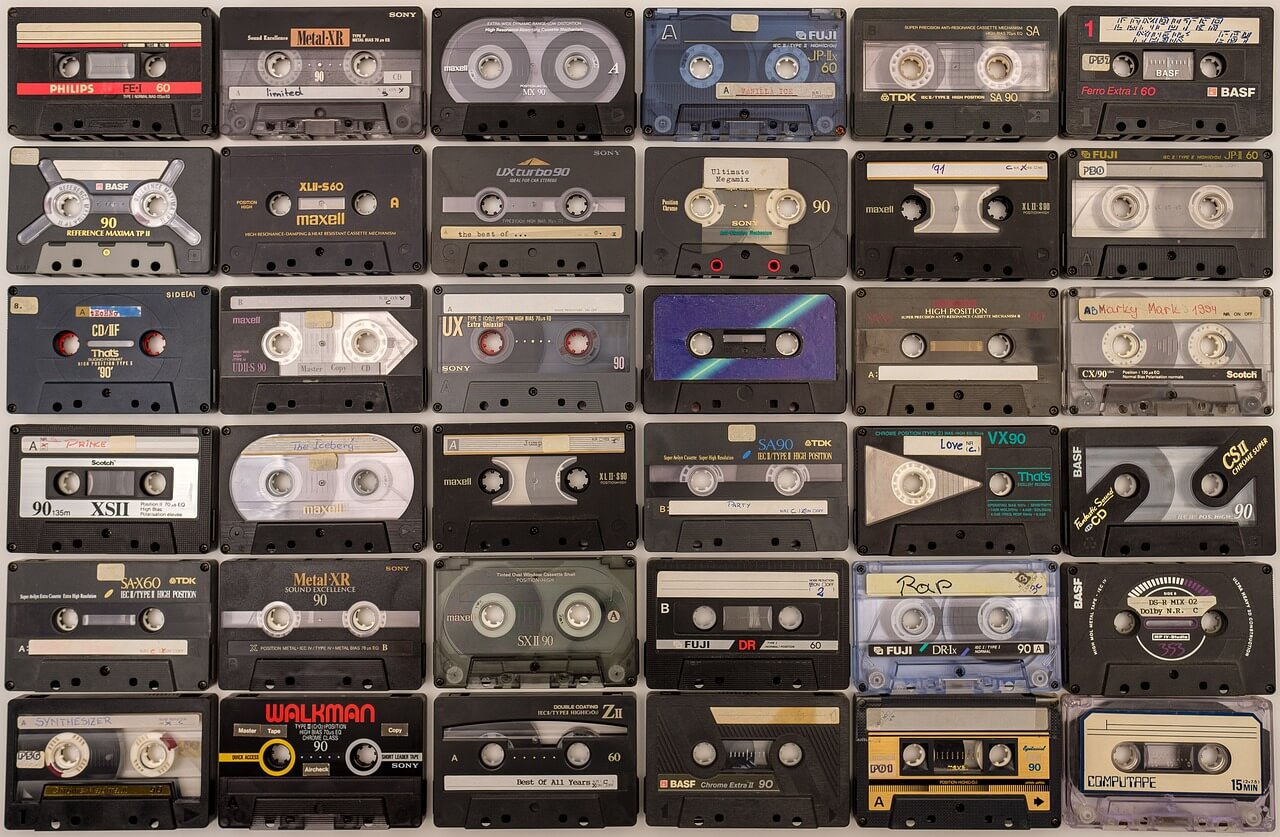
Infringement of Media: Don’t Mimic Hollywood
Don't Mimic Hollywood: Infringement of Media

I recently posted about the dangers of borrowing your branding from Hollywood. In summation, taking a logo from a television show does not make sense for a few reasons. “The producers of the show retain several levels of rights in the show and can easily make you stop using names, logos or other items. [They] can not only make you stop using the logo, but they can also take your profits from you and make you pay their attorneys’ fees.” There are many ways you could infringe on someone else’s intellectual property. Infringment of media is just one of them.
I saw a story in which an Atlanta area lawyer ran directly into this issue. She received a cease and desist letter warning her to stop using the name and primary color from a movie released in 2001. The movie is Legally Blonde. That’s right! An attorney ran into this legal branding problem. This young, blonde female lawyer (those are relevant legal facts) uses the Instagram handle ‘LegallyBlondeAtlanta’ and has billboards on pink backgrounds which proclaim her as “The Legally Blonde Atlanta.” This lawyer told a local reporter that Legally Blonde is her all-time favorite and it inspired her to become a lawyer. She said “I feel very targeted. I’m not trying to infringe on anyone. I’m really just trying to help people. It took me three years to build to where I am, working really hard.”
No One is Immune to Infringement
Infringement of media is no joke. Her intentions are irrelevant, though she is obviously familiar with it. Many small businesses have met their demise for infringing on another brand, whether or not they only had good intentions. Accordingly, the company threatening action against this ATL lawyer claims that people will assume that there is some connection, affiliation or endorsement between the movie and this lawyer. They’re not wrong.
Some might ask why they are just now coming after this lawyer. The answer is simple: they just now discovered her. Her promotion of her brand has just now gotten to the point where they would see her. Therefore, they acted as quickly as they could. I see a rebrand in this lawyer’s future. Surprisingly, one of her recent Instagram posts shows her with a “Barbie” vibe. She hasn’t asked, but I would suggest she find something else.










